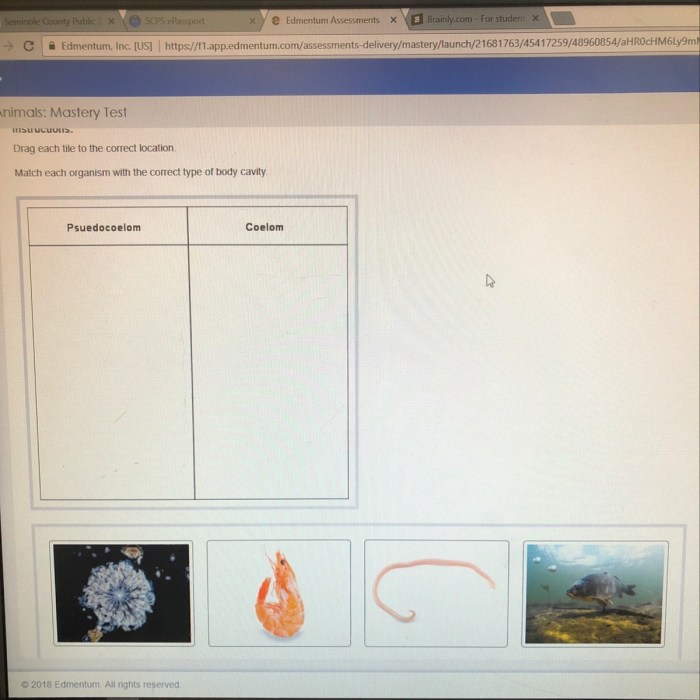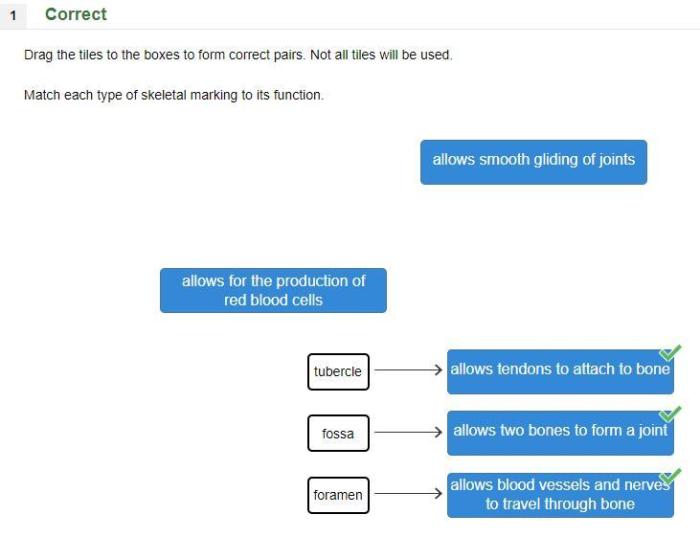Match each organism with the type of association it exhibits. Embark on a scientific expedition to unravel the intricate tapestry of relationships that bind organisms together, shaping their destinies and influencing the delicate balance of our planet’s ecosystems.
This exploration will delve into the fascinating realm of organism associations, where we will dissect the intricate web of interactions that define the very essence of life on Earth. From the harmonious coexistence of mutualism to the parasitic exploitation of one species by another, we will uncover the profound implications of these associations on the dynamics of populations, communities, and ecosystems.
Types of Organism Associations

Organism associations refer to the diverse interactions that occur between different species in an ecosystem. These interactions can range from mutually beneficial to harmful, and can significantly impact the survival, growth, and reproduction of the involved species.
The three main types of organism associations are:
- Mutualism:A mutually beneficial association where both species benefit from the interaction. For example, the relationship between nitrogen-fixing bacteria and leguminous plants.
- Commensalism:A relationship where one species benefits while the other is neither harmed nor benefited. For instance, the attachment of barnacles to whale skin.
- Parasitism:A relationship where one species (the parasite) benefits at the expense of the other (the host). An example is the relationship between a tapeworm and its human host.
Identifying Organism Associations
Identifying organism associations involves a combination of observation, experimentation, and modeling.
- Observation:Field observations can provide initial insights into the nature of organism interactions. Observing species behavior, distribution, and physical interactions can suggest potential associations.
- Experimentation:Controlled experiments can help establish causal relationships between species. By manipulating environmental conditions or introducing/removing specific organisms, researchers can determine the effects of different interactions.
- Modeling:Mathematical models can simulate organism associations and predict their outcomes. These models can incorporate factors such as population densities, resource availability, and environmental conditions to provide insights into the dynamics of interactions.
Ecological Significance of Organism Associations

Organism associations play a crucial role in shaping ecological communities and ecosystems.
- Population Dynamics:Associations can influence the population sizes and growth rates of species. Mutualistic interactions can enhance survival and reproduction, while parasitic relationships can reduce host populations.
- Community Structure:Associations can determine the composition and diversity of ecological communities. For example, the presence of keystone species (species with disproportionately large ecological impact) can support a wide range of other species.
- Ecosystem Functioning:Associations can influence ecosystem processes such as nutrient cycling, energy flow, and decomposition. For instance, nitrogen-fixing bacteria play a vital role in nitrogen cycling, which is essential for plant growth.
Evolutionary Implications of Organism Associations

Organism associations can drive evolutionary processes and shape the traits of species.
- Co-evolution:Associations can lead to co-evolution, where interacting species mutually influence each other’s evolution. For example, the arms race between predators and prey can drive the evolution of defensive and offensive traits.
- Speciation:Associations can contribute to speciation, the formation of new species. For instance, isolation of populations due to host-parasite interactions can lead to genetic divergence and reproductive isolation.
- Adaptation:Associations can favor the evolution of adaptations that enhance the benefits or reduce the costs of interactions. For example, the evolution of symbiotic relationships in deep-sea environments can provide access to nutrients.
Applications of Understanding Organism Associations: Match Each Organism With The Type Of Association It Exhibits.

Understanding organism associations has practical applications in various fields:
- Conservation Biology:Identifying keystone species and mutualistic interactions can inform conservation strategies to protect and restore ecosystems.
- Agriculture:Knowledge of plant-pollinator relationships and pest-parasitoid interactions can improve agricultural practices and enhance crop yields.
- Medicine:Understanding host-pathogen interactions is crucial for developing effective treatments and preventive measures for infectious diseases.
Q&A
What are the main types of organism associations?
The primary types of organism associations include mutualism, commensalism, and parasitism.
How can we identify the type of association between two organisms?
Observation, experimentation, and modeling are valuable tools for determining the nature of organism associations.
What are some examples of mutualistic associations?
Pollination by bees and the nitrogen-fixing relationship between legumes and bacteria are classic examples of mutualistic associations.